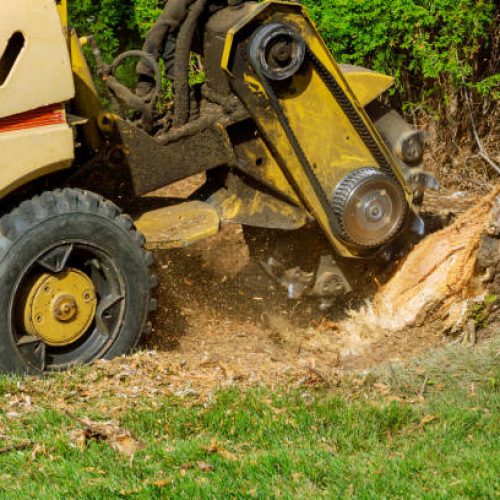Stump removal in Elk-Grove
EXPERTISE THAT MEETS YOUR EXPECTATIONS
The company offers enlightened advice that will allow you to choose the right course of action for the well-being of your trees as well as for your safety. Their quality work and prompt service make PRIME TREE SERVICE a logical choice. Services are offered to individuals, businesses, hospitals, daycares, and more!
Why prune trees and plants?
Pruning differs from pruning in that it is carried out on an ad hoc basis, for a very specific reason, and above all that it is generally more important than pruning. Because pruning consists of the removal of certain important branches of the tree. Safety, aesthetics, harvesting comfort, tree health: discover some of the reasons for pruning a tree.

Safety pruning
By dint of growing without maintenance, a tree naturally selects certain branches to survive, and sacrifices others. These sacrificed branches are weaker and eventually dry out: they become dead wood. Also, in particular for brittle species, certain branches, by becoming too long and too heavy, end up presenting risks of breakage: under their own weight or during a storm.
Finally, it happens that certain branches come dangerously close to power lines, the roof or other constructions that they could endanger.
In all these cases, pruning is important to prevent these branches from falling in an anarchic manner. Pruning helps preserve the safety of nearby users.
Sanitary pruning
Trees can also become ill, attacked by pests or, if left unattended, suffocate, and / or eat away at mistletoe, ivy, or other saprophile plants. These attacks weaken the branches, which must therefore be pruned, and present a risk of contagion to the rest of the tree and to the rest of the trees in the garden. It is therefore important to remove these diseased limbs and then burn them (or take them to a recycling center) to avoid any contamination.
Maintenance pruning
Finally, it should be noted that most trees, to be kept beautiful and healthy for years to come, need regular pruning: usually every 8 to 10 years for older trees and every 2 to 3 years for adolescent subjects. This regular pruning makes it possible to avoid curative pruning, like all those mentioned above.
The pruner analyzes the general shape of the tree and the crown and, on the basis of his own arboreal knowledge and the potential presented by the various branches of the tree, selects those which should and can be removed to ensure a good recovery as much as a preserved aesthetic.
